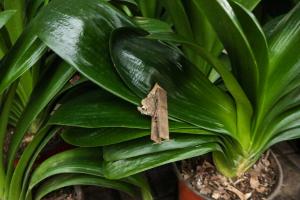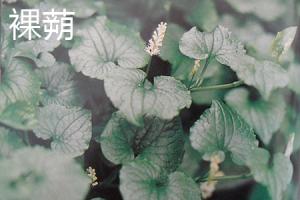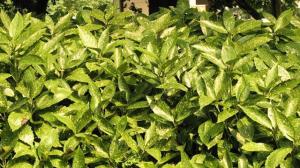Introduction
Many urban areas today have power lines running overhead, through neighborhoods and beside busy streets. To manage this infrastructure, cities often plant trees under power lines in a deliberate and strategic manner. In this article, we explore the benefits of doing so, and the considerations that go into the decision to plant trees under power lines.
The Benefits of Planting Trees Under Power Lines
One of the main benefits of planting trees under power lines is the aesthetic value they provide to neighborhoods and urban areas. Trees can help soften the harsh lines and angles of power lines and other infrastructure, creating a more natural and inviting atmosphere.
In addition to their visual appeal, trees also provide important environmental benefits. They help absorb carbon dioxide, reduce air pollution, and provide much-needed shade in hot summer months. Trees can also improve mental and physical wellbeing, with studies showing that spending time in green spaces can help reduce stress and increase happiness.
Finally, trees planted under power lines can serve as important habitat for pollinators such as bees and butterflies, and other wildlife such as birds and squirrels. This helps support biodiversity and creates a healthier ecosystem overall.
Considerations When Planting Trees Under Power Lines
While there are clear benefits to planting trees under power lines, care must be taken to ensure that they do not interfere with the infrastructure they are planted near. Trees that grow too tall or too close to power lines can pose a safety hazard, potentially causing power outages and other issues.
To mitigate these risks, cities typically choose trees that will not grow to be too tall or wide, and that have a shallow or non-invasive root system. Many cities also employ pruning techniques to ensure that branches do not come into contact with power lines. In some cases, power lines may be installed underground to avoid the need for tree trimming.
Another consideration when planting trees under power lines is the potential for damage to the trees themselves from exposure to electromagnetic fields. While this is not a major concern, cities may choose to plant trees less susceptible to electromagnetic interference when planting under power lines.
Conclusion
Planting trees under power lines can bring numerous benefits to cities and urban areas, from improving aesthetics to supporting wildlife to providing environmental benefits. However, proper planning and consideration must be taken when selecting trees and managing them to ensure that they do not pose a safety hazard or interfere with infrastructure. With careful planning, cities can successfully incorporate trees into their urban landscapes while preserving and protecting vital infrastructure.

 how many times do yo...
how many times do yo... how many planted tre...
how many planted tre... how many pine trees ...
how many pine trees ... how many pecan trees...
how many pecan trees... how many plants comp...
how many plants comp... how many plants can ...
how many plants can ... how many plants and ...
how many plants and ... how many pepper plan...
how many pepper plan...
































